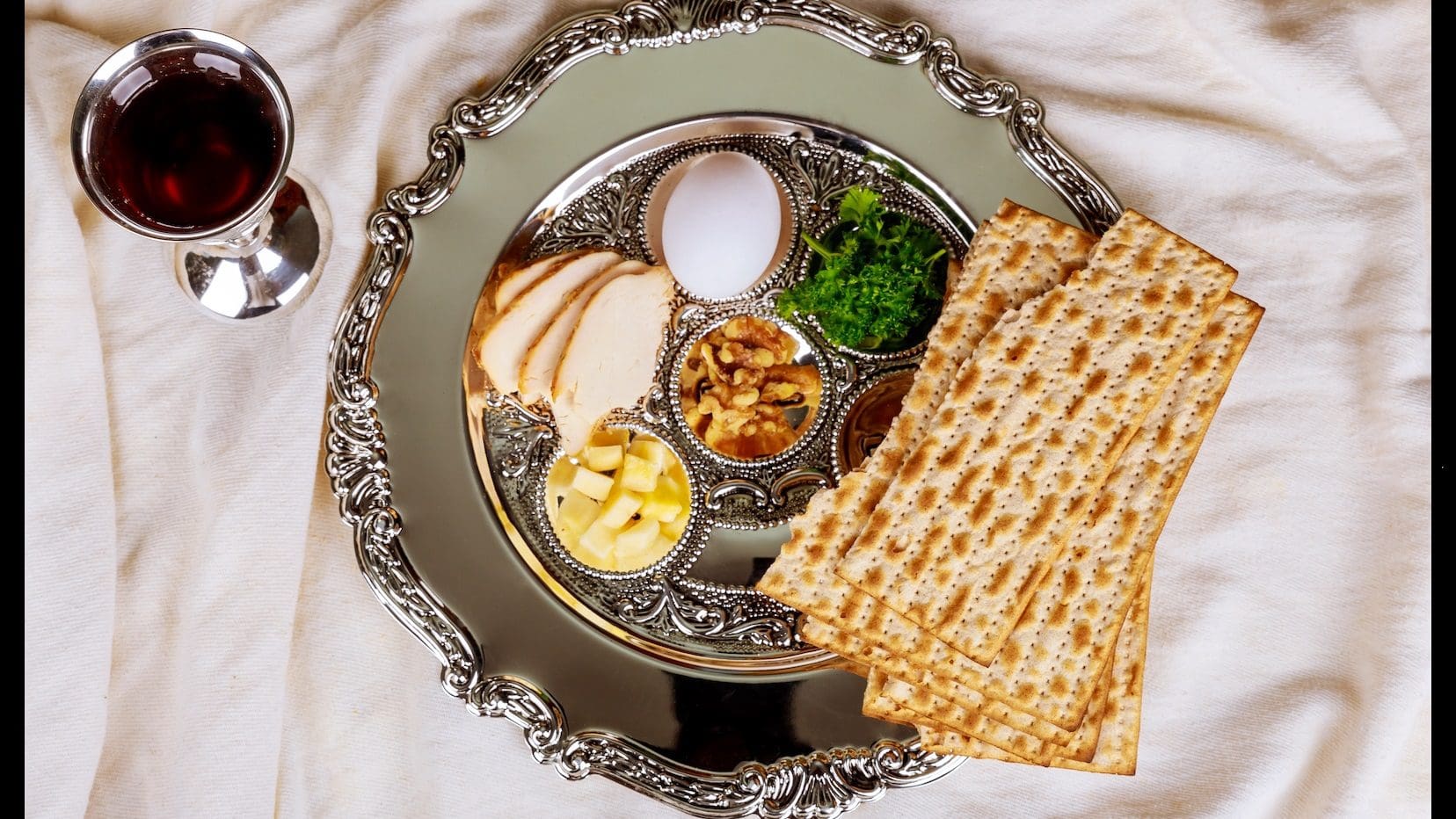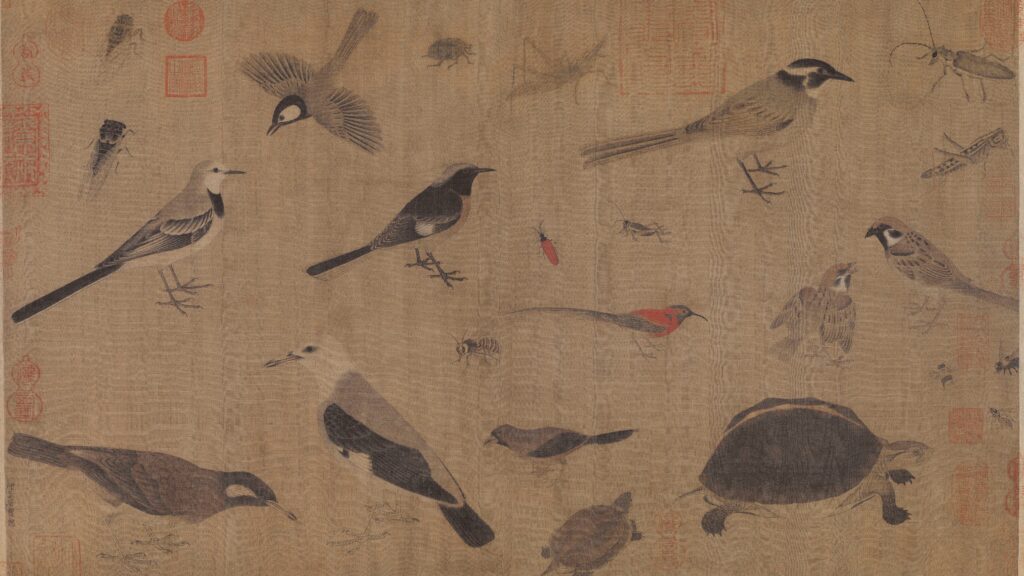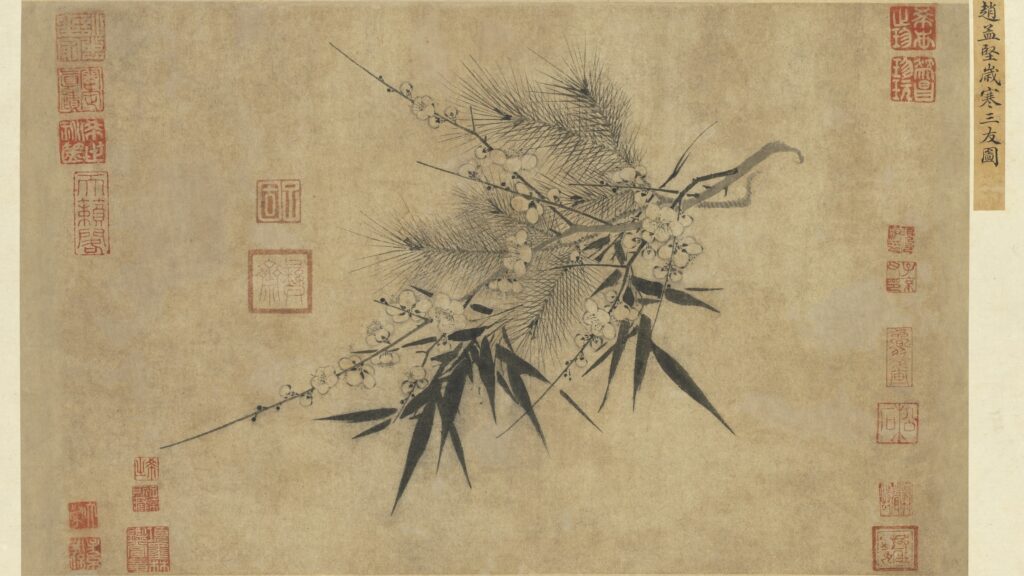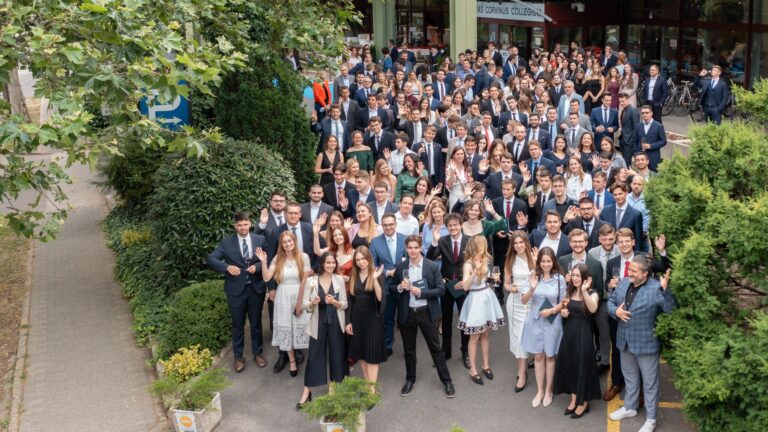Billions of religious folk, both Jews and Christians, celebrate one of their most important holidays these days. As Passover and Easter coincide this year, just as they did 2,000 years ago, it is worth noting the deep historical, symbolic and spiritual connection between the two observances.
Why Do the Dates Differ?
Back then, the date of Easter was based on the Jewish calendar, and so was the date of Passover, until in 325 AD at the Council of Nicea, church leaders decided to separate Easter from the Jewish Passover. Passover and Easter have both been celebrated in the spring since, but the exact dates vary from year to year. Passover begins on the 14th day of the Hebrew month of Nisan, which usually falls in late March or early April. Easter, on the other hand, is celebrated on the first Sunday following the first full moon after the spring equinox, which can occur between 22 March and 25 April.
This year, however, the two holidays overlap, which is no coincidence. There are many other similarities between the two feasts, at the historical, symbolic, and spiritual levels as well, which point to the common roots and traditions of the two religions.
The Story Behind the Two Holidays
Passover, or Pesach, commemorates the liberation of the Israelites from centuries of harsh slavery, as well as the subsequent Exodus from Egypt. After Pharaoh stubbornly refused Moses’ call to ‘let my people go’, God delivered a series of plagues on Egypt. Before the tenth plague, the Jews had to smear the blood of a lamb on their doorposts so that the destroyer would ‘pass over’ by their houses and spare their firstborns, (Exodus 12:12–13) hence the name of the holiday. After God’s miraculous deliverance, the Jews left Egypt in haste, led by Moses, for the Promised Land of complete freedom and prosperity.
Year after year, the Jews commemorate God’s magnificent intervention and tell the story of their deliverance generation after generation. The first two nights of Passover involve a Seder, meaning ‘order’ in Hebrew, consisting of traditional meals, prayers and the telling of the Exodus story through the Passover Haggadah, a collection of prayers, psalms and benedictions. A traditional Seder meal consists of many ordered and symbolic dishes such as the lamb mentioned before, bitter herbs like horseradish to represent the bitterness of slavery, or the unleavened bread, or ‘matzo’, as a reminder of the haste in which the Jews fled Egypt.
At Easter, millions of Christians remember the crucifixion and celebrate the resurrection of Jesus Christ, as described in the Gospel.
The death and resurrection of Jesus are the foundation of the Christian faith,
which means God’s salvation, the redemption of man from sin. Although today obscured by many cultural traditions and customs not closely linked to Christ’s redemptive deeds—neither the rabbit nor the egg—these days are a time of inner reflection and remembrance of the truths of the Gospel for Christians.
Looking at the stories, or the food, rituals and traditions surrounding them, Passover and Easter couldn’t be more different at first sight. But if we look closely, we can see that Passover and Easter are intimately linked on many levels.
How Are the Two Holidays Connected?
First of all, the events that Christians celebrate at Easter happened at Passover in Israel. According to the Gospel, Jesus, a devoted Jew, came to Jerusalem in response to the command in the Torah to appear at the Temple in Jerusalem for the feast. The arrival of Jesus in Jerusalem was greeted with an outpouring of joy, with people spreading palm branches and their clothes before him, welcoming him as he arrived on a donkey.
Jesus decided to celebrate Passover with his closest friends and his disciplines. He prepared for its observance seriously. The dinner Jesus had with his friends, often called ‘The Last Supper’, was a Passover dinner actually. Christ used the traditional elements of the dinner, such as the unleavened bread and wine, as symbols of a new covenant, representing His broken body and blood poured out as a sacrifice of our sins. While breaking the bread and drinking the wine, Jesus commanded his followers to ‘do this in remembrance of Me’ (Luke 22:19). This act is still performed by billions of followers of Christ across the globe known as the communion service.
Passover wine should be red to remind Jews of the Passover sacrificial lamb whose blood kept death away from them during the tenth plague. In Christian tradition, Jesus is the Lamb of God who takes away the sins of the world, the Passover Lamb (e.g. John 1:29 or 1 Corinthians 5:7). Just like the blood of the Passover lamb for the Jews 1,500 years earlier, the blood of Jesus represents death passing over people’s lives.
At every Passover, by retelling the story of Exodus during Seder, Jews remember God’s triumph over the gods of the Egyptians,
freeing His people from slavery by His mighty hand and outstretched arm. The resurrection of Jesus proclaims victory over death, and His sacrifice means freedom from slavery to the generational curse of sin, promising complete freedom and renewal in our lives with the prospect of eternity.
Related articles:








